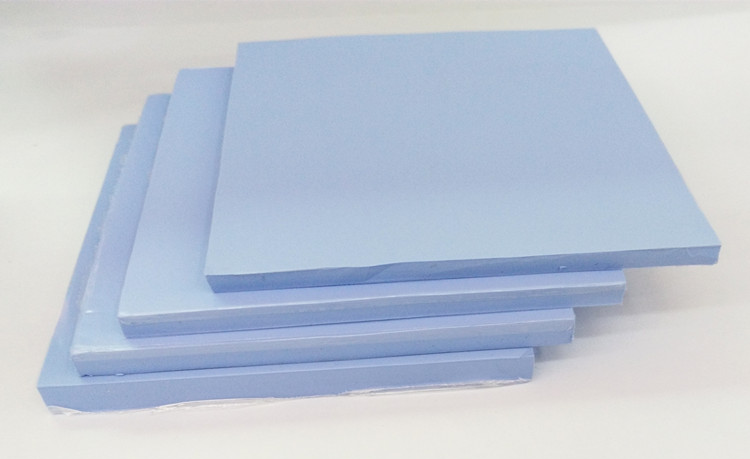+86-13928321129
jiahewell@jhzhb.com
- All
- Product Name
- Product Keyword
- Product Model
- Product Summary
- Product Description
- Multi Field Search
 English
English English
English
Great at Moving Heat
Thermally conductive silicone is great at quickly moving heat away from electronic devices. Its high ability to transfer heat helps get it from the source to cooling parts, making heat management more effective.
Strong Adhesion
This silicone sticks well between electronic parts and heat sinks, filling in tiny gaps. This reduces heat resistance at contact points, helping heat move through more easily.

Soft and Flexible
Thermally conductive silicone is soft and flexible, so it fits snugly to parts of all shapes and sizes. This creates better surface contact, helping heat transfer even in complex electronic setups.
Good Insulation
Most of these silicones offer good insulation, keeping heat from spreading between electronic parts. This helps lower the risk of thermal crossover and boosts device stability and reliability.
Handles High Temperatures
Thermal silicone can withstand high temperatures, which is key in the hot conditions electronics can create. Its heat resistance keeps the cooling system stable and prevents the silicone from losing performance.
Easy to Use
This silicone is easy to cut, apply, and shape for specific device needs. Manufacturers can apply it flexibly to meet various cooling requirements for different devices.